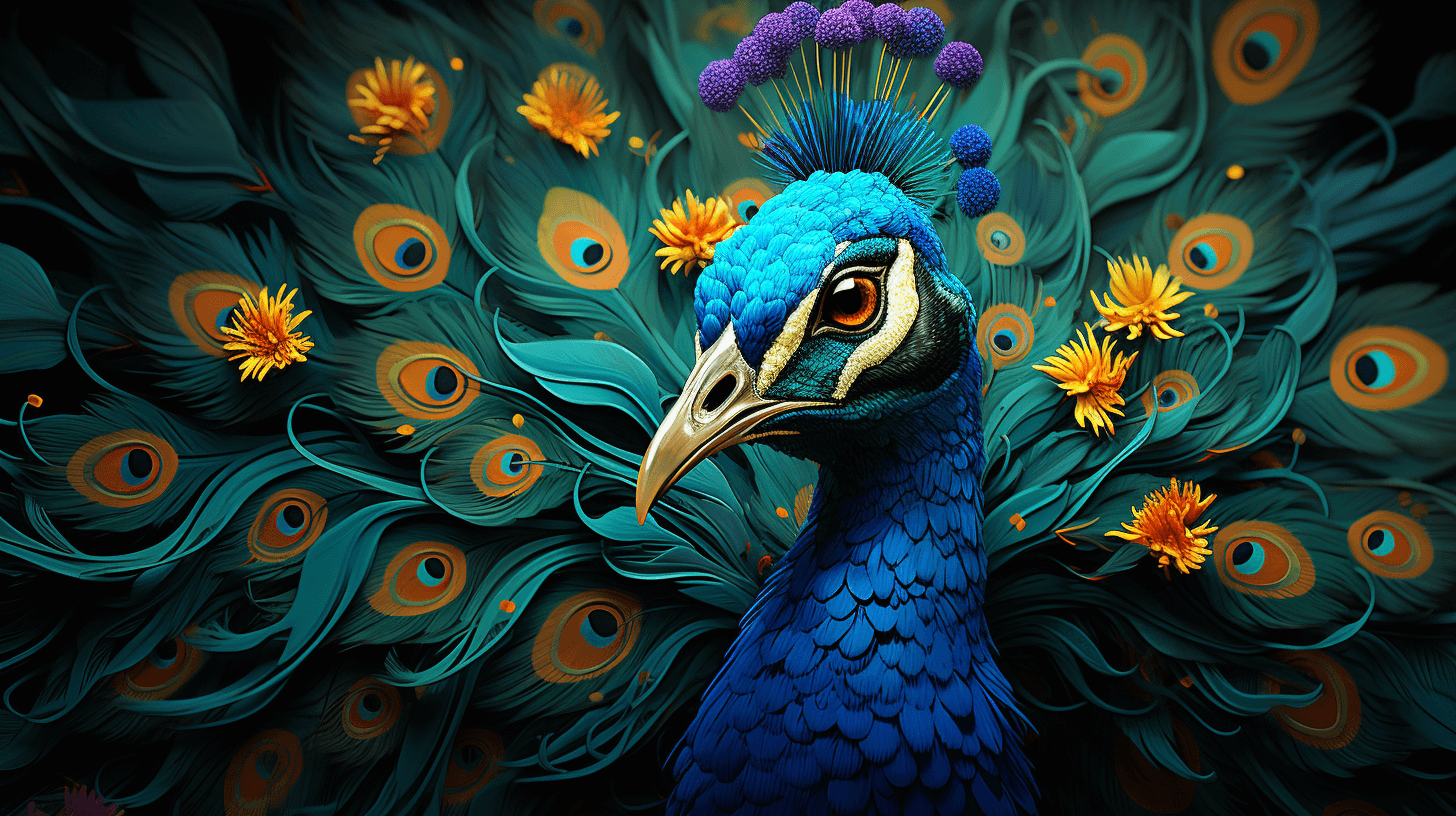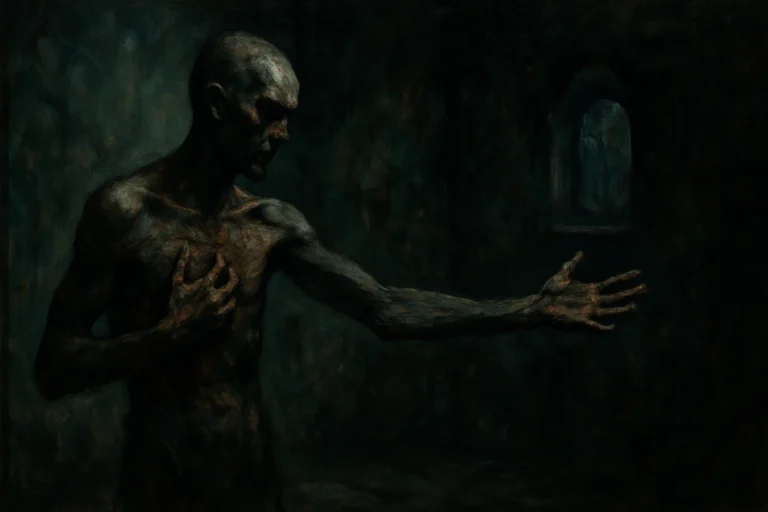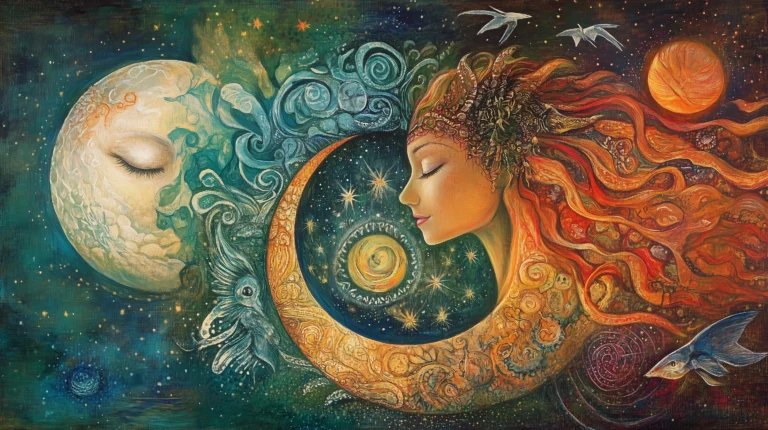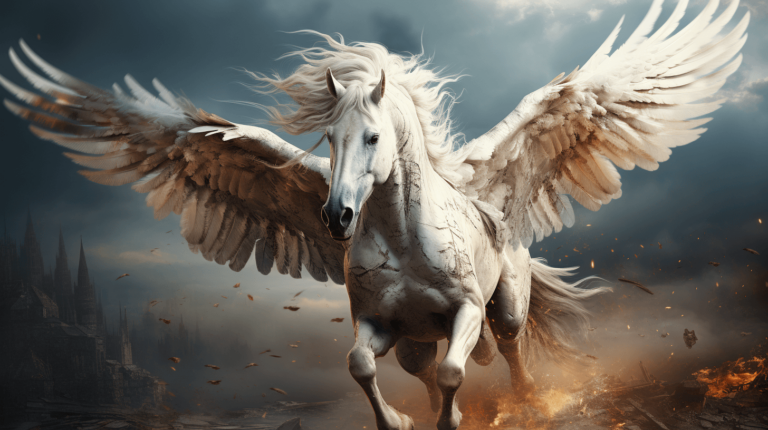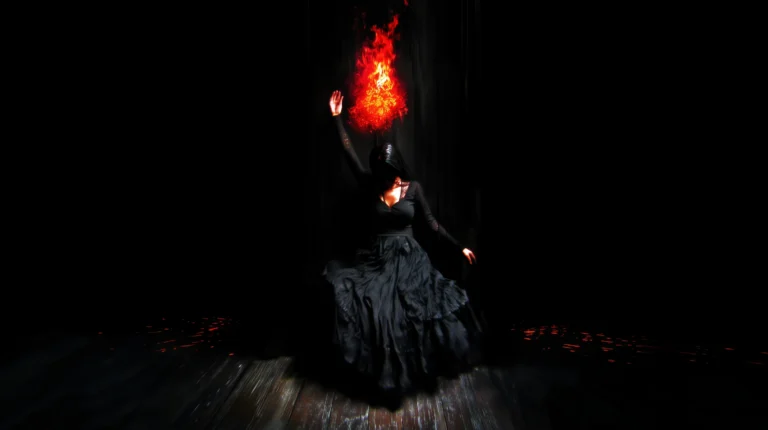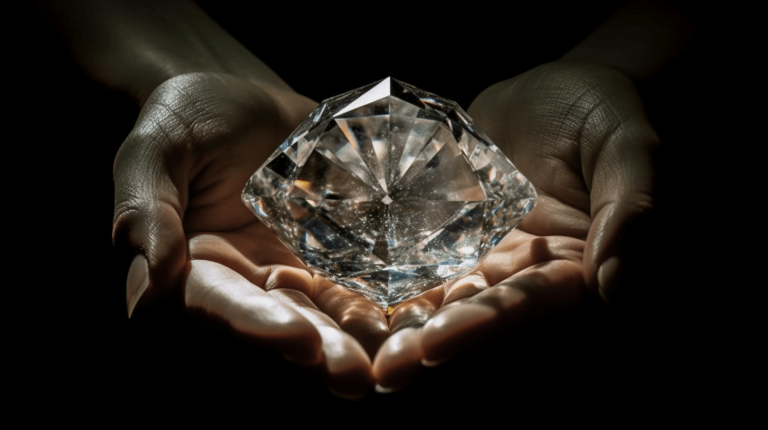Peacock Symbolism
The peacock is a rich symbol, teeming with various meanings across different cultures, religions, and philosophical traditions. Here’s a detailed look at its symbolic significance:
Beauty and Vanity:
One of the most immediate symbols associated with the peacock is its stunning beauty, particularly the vibrant and intricate plumage of the male. However, beauty often comes with a warning of vanity or arrogance in various folklore.
Spirituality and Holiness:
In Hinduism, the peacock is associated with the deity Saraswati, representing wisdom, knowledge, and learning. Lord Krishna is also often depicted with peacock feathers, emphasizing the bird’s spiritual significance.
Immortality and Resurrection:
In early Christian symbology, the peacock was a symbol of immortality and resurrection, partly because it was believed that its flesh did not decay. The eye-shaped markings on its feathers were also thought to symbolize the all-seeing eye of God.
Renewal and Rebirth:
The shedding and regrowth of the peacock’s feathers annually make it a powerful symbol of renewal and rebirth.
Courtship and Sexual Selection:
The male peacock’s elaborate display is one of nature’s most vibrant courtship behaviors. It can symbolize attraction, romance, and the complexities of finding a mate.
Protection and Watchfulness:
The “thousand eyes” on the peacock’s tail symbolize watchfulness and often are thought to protect against evil spirits in various cultures.
Royalty and Nobility:
Due to its regal appearance and striking beauty, the peacock has long been a symbol of royalty, nobility, and refinement. You’ll often find it in coats of arms, royal gardens, and art intended to convey luxury or royal connections.
Pride and Ostentation:
In the negative sense, a peacock can represent arrogance or the dangers of vanity and pride. This is often used in tales and fables as a cautionary symbol.
Diversity and Unity:
The myriad of colors in a peacock’s feathers can symbolize diversity, while the way the colors come together to create a stunning display can represent unity in diversity.
Awakening and Spirituality:
In some spiritual traditions, the peacock symbolizes awakening, due to its association with beauty and the integration of multiple qualities to form a greater whole.
Alchemical Symbol:
In alchemical traditions, the peacock’s tail stage is part of the process leading to the philosopher’s stone, symbolizing the stage of “coniunctio,” or the divine intermingling of opposites.
Cultural Importance:
In various countries like India, the peacock holds cultural importance. It’s the national bird of India, symbolizing grace, pride, and beauty.
Universal Consciousness:
The expansive display of the peacock’s feathers has been likened to the cosmos or universal consciousness, showing an inherent interconnectedness of all things.
Fertility and Vibrancy:
The full spread of a peacock’s tail can also be seen as a symbol of fertility and life, bursting with vitality and color.
Good Luck and Prosperity:
In some traditions, the peacock is considered a good omen, symbolizing prosperity, good luck, and well-being.
Conclusion
The peacock, with its mesmerizing display and unique attributes, stands as a veritable treasure trove of symbolism. Its spectrum of meanings spans from beauty to vanity, spirituality to royalty, and renewal to immortality. The sheer diversity of symbols associated with the peacock across various cultures and traditions is a testament to its profound impact on human consciousness.
While the peacock frequently symbolizes beauty, nobility, and spirituality, it’s also a poignant reminder of the perils of vanity and arrogance. In religious contexts, the bird signifies holiness, resurrection, and wisdom, standing as a beacon of divinity and transcendence.
In the natural world, it embodies courtship and vibrancy, with its elaborate displays capturing the essence of life and reproduction. Furthermore, its multifaceted symbolism — from protection and unity to alchemical transformation and cultural pride — showcases the depth and richness of the human experience.
At its core, the peacock represents life’s complexities, reflecting both our aspirations and cautions, our virtues and vices. This radiant bird, in all its splendor, serves as a mirror to humanity’s multifarious beliefs, values, and emotions, offering a vibrant tapestry of insights into our collective psyche.

